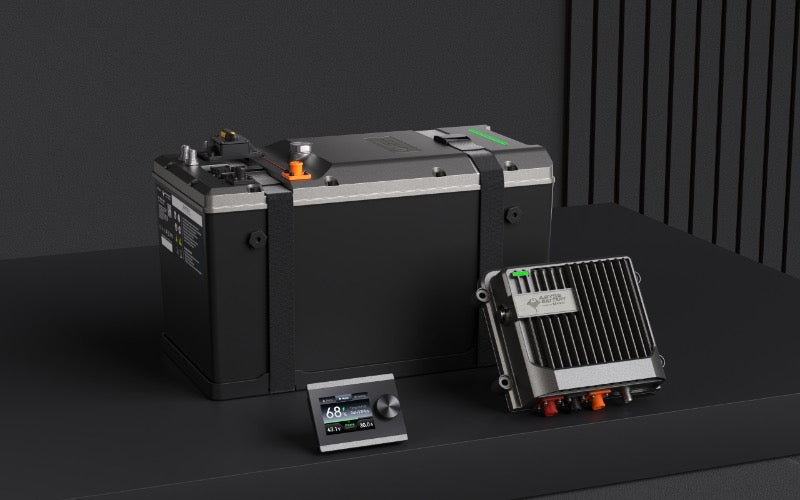What Causes Lithium-Ion Battery Degradation?

As technology continues to advance, lithium-ion batteries power everything from smartphones to electric vehicles. While these powerful batteries have transformed our daily lives, degradation can be a problem.
But what causes lithium-ion battery degradation? We’ll unravel the process, offering insights and tips for maximizing cell lifespan.
The Basics of Battery Degradation
Battery degradation is a natural process that occurs as a battery is charged and discharged over time. Simply put, it’s the gradual decline in a battery’s ability to hold a charge.
Factors such as temperature, charging habits, and age contribute to degradation. While it’s impossible to halt degradation entirely, knowing what influences it can help manage and minimize its impact so your devices last longer.
How Temperature Affects Lifespan
One of the main culprits behind battery degradation is temperature. When lithium-ion batteries are exposed to high temperatures, the chemical reactions inside the battery speed up. This can lead to faster degradation of the battery components, reducing its lifespan.
Conversely, extremely low temperatures can also affect battery performance, though the damage is typically less severe. Keeping your devices at room temperature can reduce degradation.
The Impact of Charging Cycles
Every time you charge and discharge a lithium-ion battery, it completes a charging cycle. Over time, the number of these cycles affects the battery’s capacity.
Frequent charging, especially without letting the battery discharge sufficiently, can accelerate wear. To optimize battery health, aim to keep your charge between 20 and 80 percent whenever possible. This reduces strain on the battery and can extend its lifespan considerably.
The Role of Voltage in Battery Health
Voltage plays a critical role in the health of lithium-ion batteries. Overcharging a battery increases its voltage, which can lead to lithium plating. This results in capacity loss and can even pose safety risks.
On the flip side, letting the charge get too low can cause voltage to drop, which may permanently harm the battery. Use appropriate chargers, and avoid situations where your battery might overcharge or deeply discharge. A 24-volt marine battery, for example, requires 24-volt charger to charge adequately, while a higher voltage could potentially damage it.
The Effect of Aging on Batteries
With age, the materials within lithium-ion batteries begin to break down. Factors like irregular charging habits, exposure to extreme temperatures, and excessive discharge rates accelerate this breakdown.
While aging is inevitable, regular maintenance and conscious usage can slow down the process, ensuring your battery remains functional for longer.
Getting Ahead of Battery Degradation
There are numerous causes of Lithium-ion battery degradation. While it’s an inevitable part of ownership, understanding these effects and taking proactive steps can significantly extend the lifespan of your devices.




Leave a comment